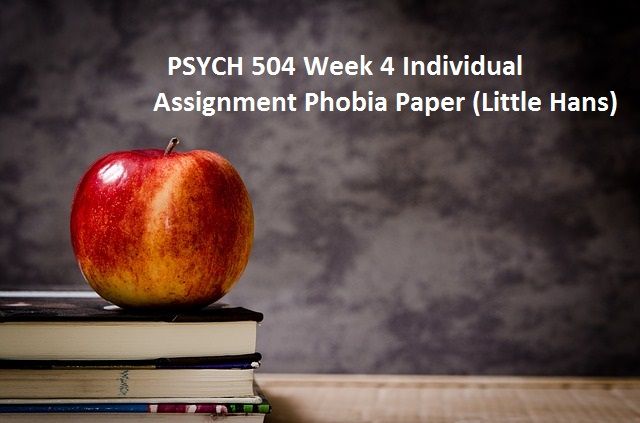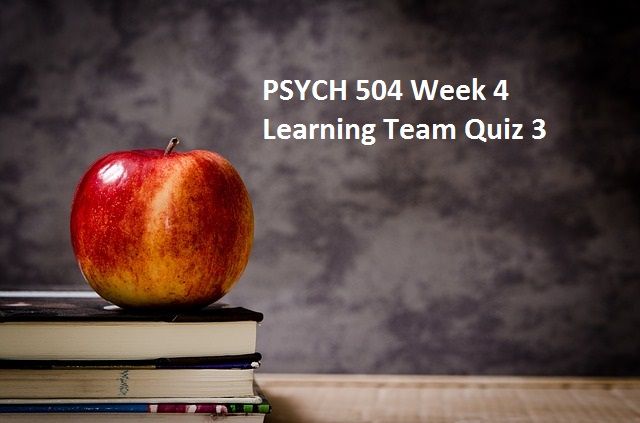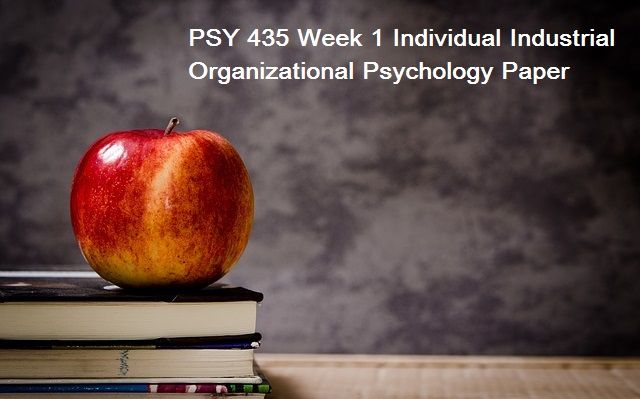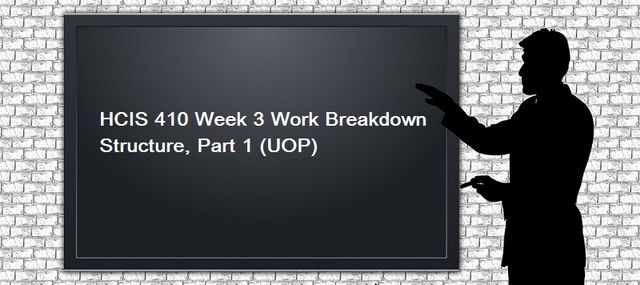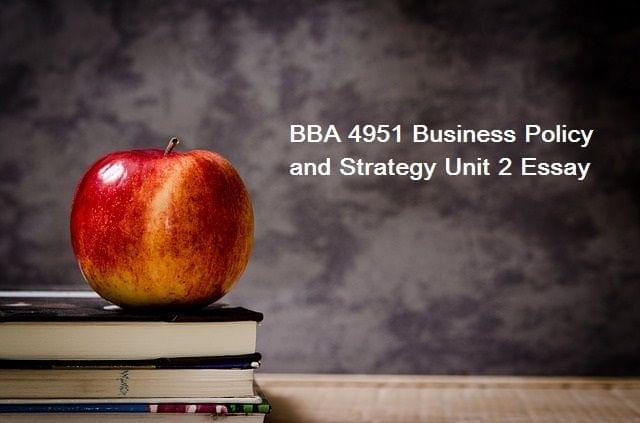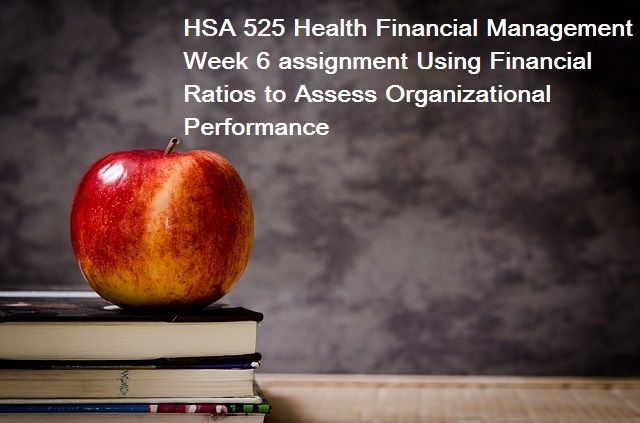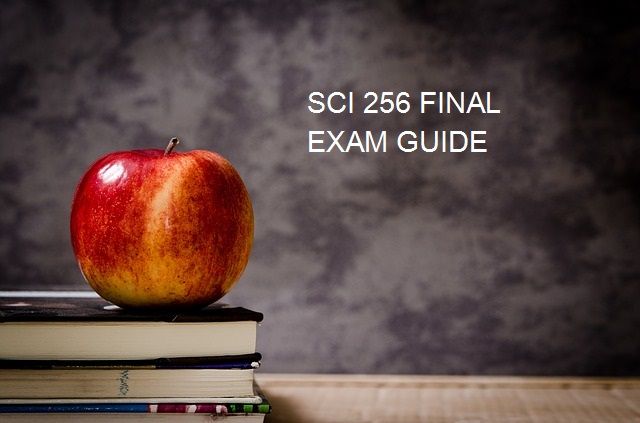Cis 115 week 3 lab decision calendar devry university
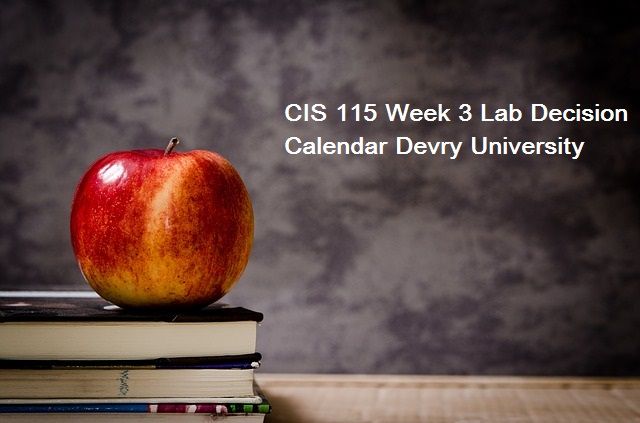
i L A B O V E R V I E WScenario/Summary
Your goal is to solve the following programming lab activity. Write a program that prompts and accepts a number between 1 and 12. After getting the input, display the number with the appropriate month. (example: This is the 1st month…January, This is the 2nd month…February, This is the 12th month…December).
Be sure to THINK about the logic and design first (IPO chart and/or pseudocode), then code the Visual Logic command line processing.
Be sure to THINK about the logic and design first (IPO chart and/or pseudocode), then code the Visual Logic command line processing.
Deliverables Decision Calendar IPO Model Decision Calendar Pseudocode Decision Calendar Flowchart Decision Calendar Output Sample.
Course Home Work, CIS 255 Operating Systems Strayer , Home Work Tutorials, Home Work Solutions, Home Work Essay, Home Work Questions.ACC 565 Wk 7 Assignment 3, ACC403 week 2 assignment, ACC565 Week 10, ACCT 212 (Financial Accounting), ACCT 344 (Entire Course) – Devry, ACCT 344 Final Exam Latest 2014 – Devry, ACCT 346 (Managerial Accounting), ACCT 346 Midterm Exam Updated DeVry, ACCT 504, ACCT 504 Week 8, ACCT 553, ART 101 Week 8, Ashford BUS 401, ASHFORD BUS 640, Ashford HIS 204, ASHFORD MAT 222 Week 3, BA 215 (Business Statistics), BA 215 All Assignments Week 1 -8 – Grantham, BA 225, BA 260, BA 265 (Business Law II), BA 265 (Business Law II) FINAL EXAM, BA 340 All Course Assignments, BA 340 Human Resource, BA 370 (Employment Law), BA 405 Multinational Management, BA 470 Week 3 – 5 – 6 – 7, BA 470 Entrepreneurship, BA350 Principles Of Finance, BIS 155 Final Exam – DeVry, BIS 220 Final Exam, BSOP 429, BSOP 434 Entire Course – Devry, BUS 303 Week 2, BUS 303 Week 3, BUS 303 Week 5, BUS 311 Business Law, BUS 330 Week 1, BUS 330 Week 3, BUS 330 Week 5, BUS 401 Week 4 DQ 1, BUS 401 Week 4 DQ 2, BUS 402 WEEK 4, BUS 405 (Principles of Investment), BUS 475, BUS 475 Final Exam 100 MCQS, BUS 475 Final Exam 600 MCQS, BUS 599 (STRAYER), BUS 599 Assignment, BUS 620 Week 4, BUS 640 Week 1, BUS499 Asignment 4, BUS508 Asignment 1, BUS499 Assignment 3.
GET A QUICK QUOTE!
COURSE | EXAM | QUIZ | HOMEWORK | WRITING ASSIGNMENT | PROJECT
Course Home Work, CIS 255 Operating Systems Strayer , Home Work Tutorials, Home Work Solutions, Home Work Essay, Home Work Questions.ACC 565 Wk 7 Assignment 3, ACC403 week 2 assignment, ACC565 Week 10, ACCT 212 (Financial Accounting), ACCT 344 (Entire Course) – Devry, ACCT 344 Final Exam Latest 2014 – Devry, ACCT 346 (Managerial Accounting), ACCT 346 Midterm Exam Updated DeVry, ACCT 504, ACCT 504 Week 8, ACCT 553, ART 101 Week 8, Ashford BUS 401, ASHFORD BUS 640, Ashford HIS 204, ASHFORD MAT 222 Week 3, BA 215 (Business Statistics), BA 215 All Assignments Week 1 -8 – Grantham, BA 225, BA 260, BA 265 (Business Law II), BA 265 (Business Law II) FINAL EXAM, BA 340 All Course Assignments, BA 340 Human Resource, BA 370 (Employment Law), BA 405 Multinational Management, BA 470 Week 3 – 5 – 6 – 7, BA 470 Entrepreneurship, BA350 Principles Of Finance, BIS 155 Final Exam – DeVry, BIS 220 Final Exam, BSOP 429, BSOP 434 Entire Course – Devry, BUS 303 Week 2, BUS 303 Week 3, BUS 303 Week 5, BUS 311 Business Law, BUS 330 Week 1, BUS 330 Week 3, BUS 330 Week 5, BUS 401 Week 4 DQ 1, BUS 401 Week 4 DQ 2, BUS 402 WEEK 4, BUS 405 (Principles of Investment), BUS 475, BUS 475 Final Exam 100 MCQS, BUS 475 Final Exam 600 MCQS, BUS 599 (STRAYER), BUS 599 Assignment, BUS 620 Week 4, BUS 640 Week 1, BUS499 Asignment 4, BUS508 Asignment 1, BUS499 Assignment 3.
GET A QUICK QUOTE!
COURSE | EXAM | QUIZ | HOMEWORK | WRITING ASSIGNMENT | PROJECT
